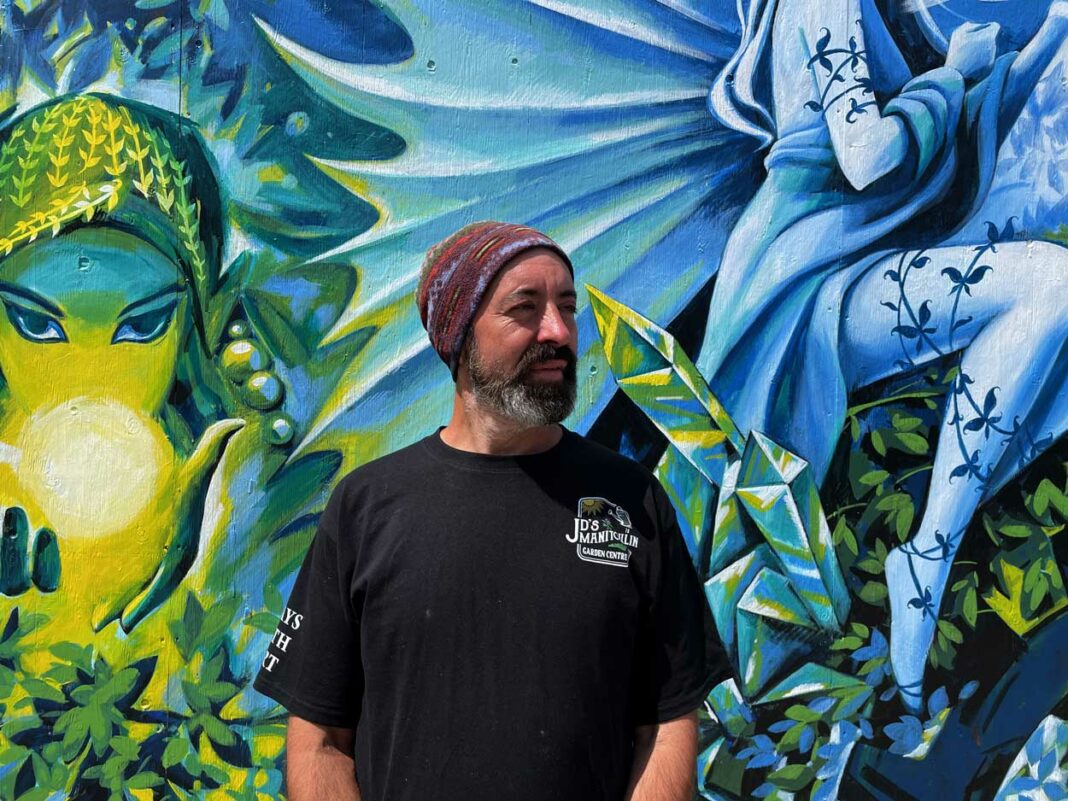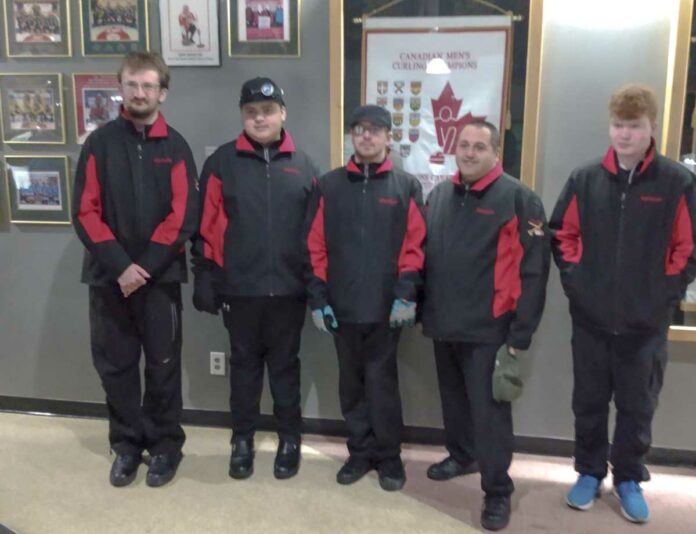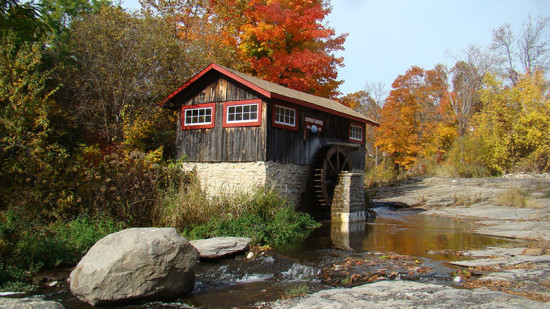EDITOR’S NOTE: Manitoulin is being transformed with the influx of new residents and business owners who bring with them fresh ideas, experiences and perspectives that are enriching the area. Some individuals and families are still unpacking boxes, having only moved in the past month or two, while others made the move over the last few years and are now comfortably established in their new communities. Here are some of their stories.
by Heather Marshall
The upside of growing up in the former Soviet Union for Maxim Grunin was the extraordinary opportunity to study with some of the foremost Russian artists of that era to cultivate his impressive early drawing and painting skills.
“Being surrounded by other artists was magical to me. I went to specialized arts high schools in the USSR, getting classical world art education in things like anatomy, drawing and the technology behind colours – the foundational skills that enabled me to grow as an artist,” says Maxim. “I am so grateful to my parents who believed profoundly in education and spotted my passion for drawing and painting. They nudged me in that direction and supported me throughout the years.”
For all the advantages of Maxim’s fine arts education, the downsides of living in a communist regime motivated his parents to move to the West when the Iron Curtain came down and the Soviet Union subsequently collapsed. The family immigrated to Toronto in 1992, when Maxim was 18.
Once in Canada, Maxim attended the Ontario College of Art and Design and worked part-time in private art education businesses in north Toronto, home to a vibrant multicultural community of new Canadians. He soon recognized he would require more than an undergraduate degree to advance as an art educator and was accepted into the Master of Fine Arts program at the University of Waterloo. The privileged few chosen for the program (just four students are accepted each year) receive a scholarship to help pay for two full study years and an internship period. In addition, Maxim won an Ontario Graduate Scholarship, further subsidizing his studies.
After graduation, Maxim landed an apprenticeship in Germany before returning to Canada, once again teaching as well as managing operations for several arts schools in Toronto. His success in the field motivated him to begin his own private art education business, which led to further impressive feats as he couldn’t keep up with the demand. That drew extensive media attention in both Russian and Canadian media, with frequent stories chronicling his artistic expertise and many achievements. Among the accolades, Maxim was nominated for the Lieutenant Governor’s Award for lifetime achievement in fine arts.
To all outward appearances, Maxim was the quintessential immigrant success story, yet appearances were deceiving.
I looked like I was doing extremely well. I had a good education, a great job and was applying my skills as I had dreamed, but trouble was brewing within me,” explains Maxim. “In my late 30s I experienced depression because I couldn’t cope with all the stress. Things spiraled downward as I began abusing alcohol and substances and destroying personal relationships. I dug myself into a deep hole emotionally, psychologically and spiritually, forcing me to dissolve my business.”
Free of debt and dependents, and with the support of the Canadian Mental Health Association, social services agencies, a psychiatrist and his community garden colleagues, Maxim pursued an entirely different path. He travelled from the east to west coast of Canada with nothing more than a backpack. His travels and time spent in nature led him to learn new skills such as gardening, permaculture, meditation, mindful living, tolerance, and acceptance. His teachers along the way included Indigenous elders and shamans, people living communally on bio-dynamic farms and ashrams, and compassionate Canadians who helped him work through his trauma. As Maxim moved from community to community, bartering his artistic talent or physical labour for a roof over his head and a meal in his belly, he moved forward on the road to recovery and rebirth.
“When I was young and striving for success, I imagined lots of money, a beautiful house, a thriving business and so many other shiny wonderful things,” observes Maxim. “What I’ve come to appreciate is that my life now is worth all the money and adulation I previously had and so much more.”
Maxim first came to Manitoulin during the early days of COVID and returned repeatedly. He initially worked as a volunteer on the Art Farm on Blue Jay Creek and, later, as a homestead labourer for the Manitoulin Eco-Park, acquiring “incredible skills” along the way. He also sold his artwork as a vendor at JD’s Manitoulin Garden Centre outdoor weekend markets. And it is there that he has now planted roots.
After the summer of 2022, the Centre’s owner, Gerard Lyons, commissioned Maxim to do a series of art murals on the property’s many greenhouses and buildings. It’s a project that will keep him busy for years, which suits him just fine. Having discovered a community that nourishes body and soul and satisfies his artistic spirit, the previously prodigal son has made a home in his newly found little piece of heaven.
Heather Marshall and her husband worked as journalists and consultants in the National Capital Region for more decades than they care to admit before making their Sandfield cottage their permanent home. A lifelong learner, Heather loves discovering new things and people and relishes the opportunity to write about newcomers to the Manitoulin. If you would like to share your story or know of recent arrivals we should meet, send a message to HAMarshall@proton.me.





